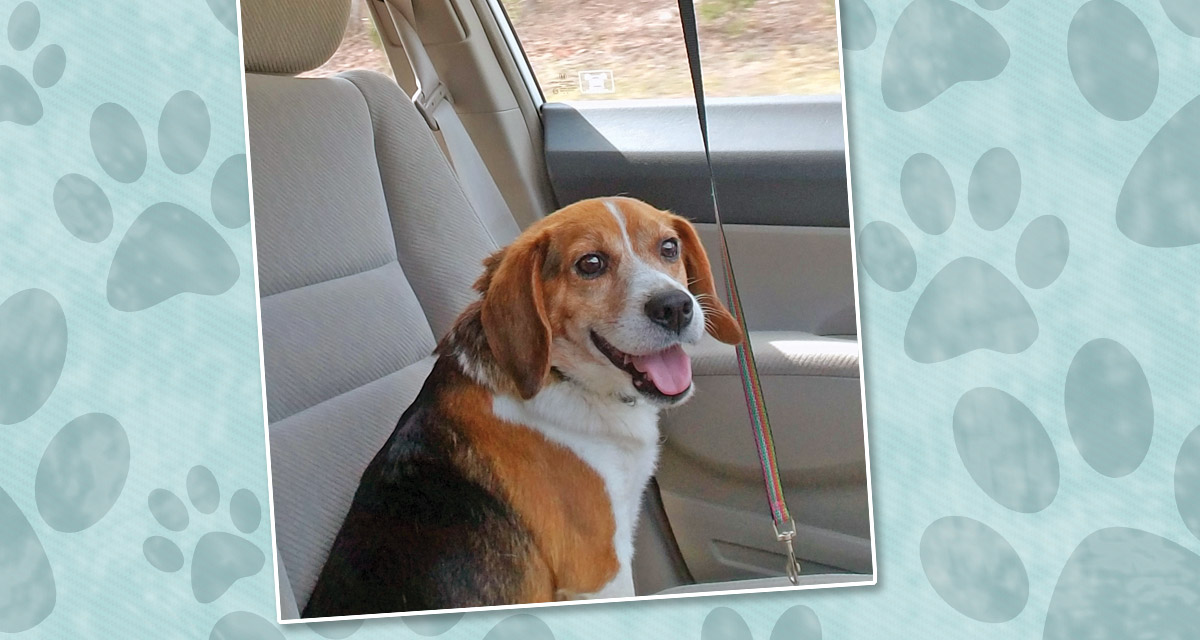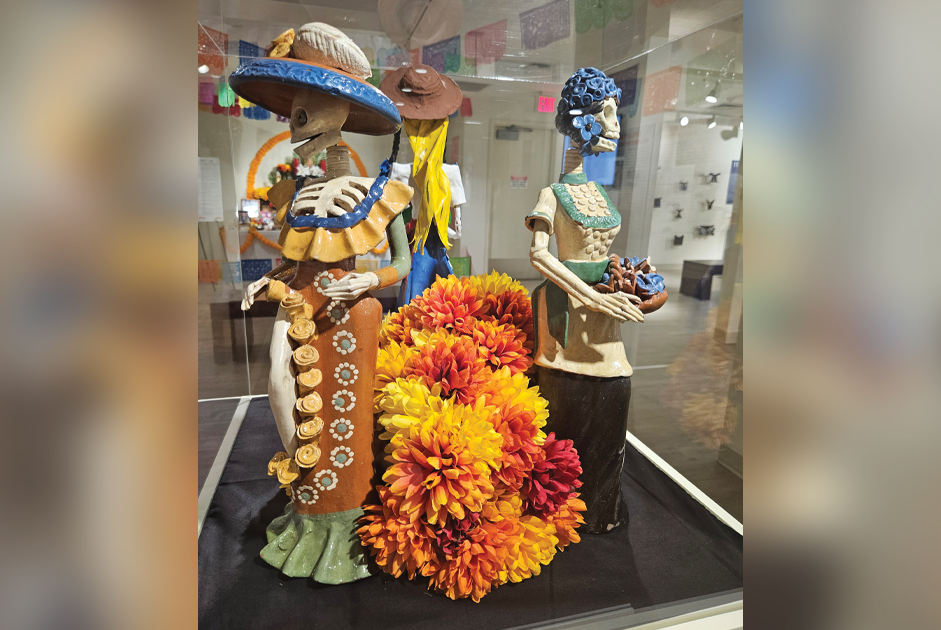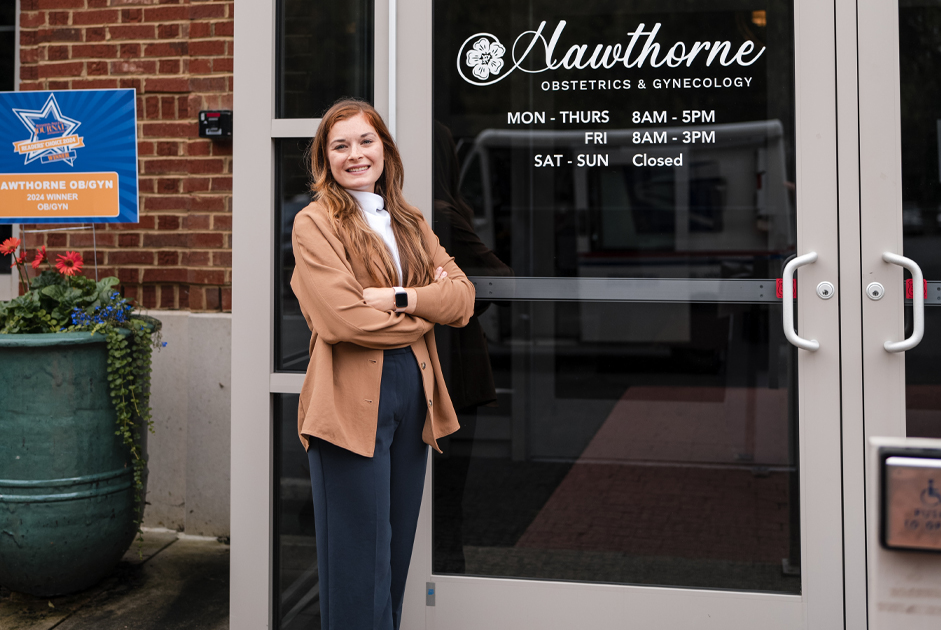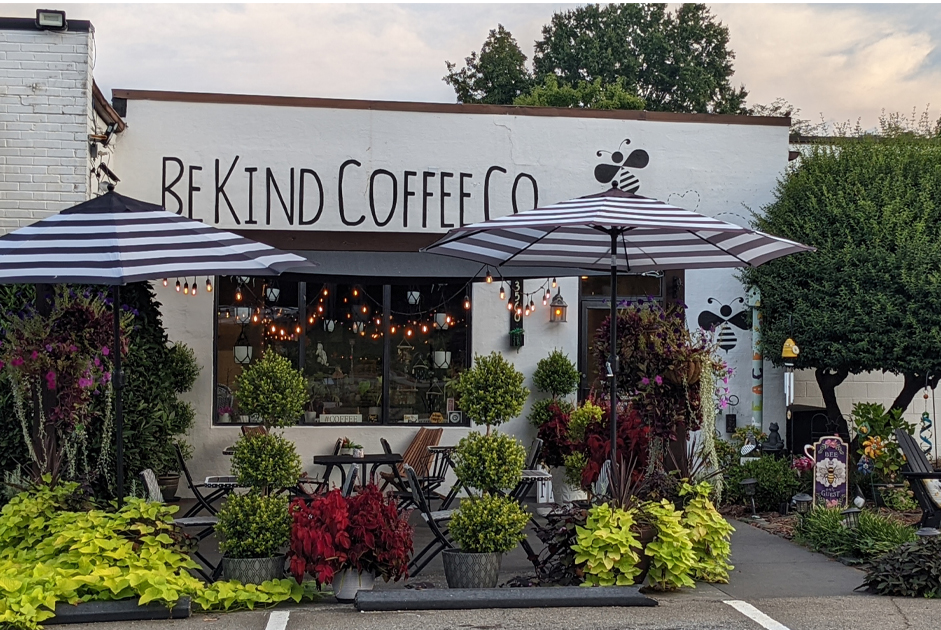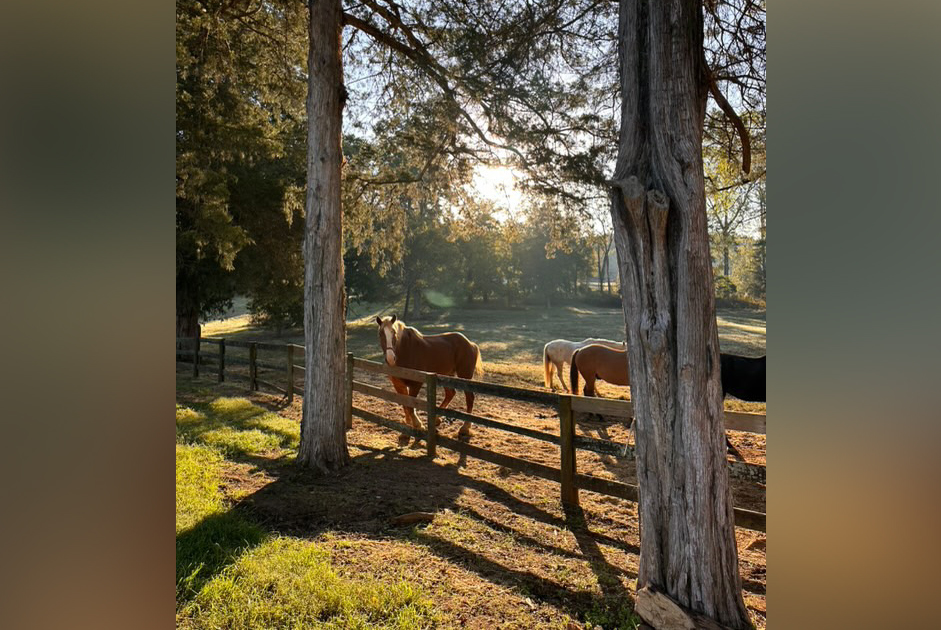These days, “miles apart” seem much less a deterrent than in years gone by. With all the social media websites for meeting, dating, keeping in contact with friends and family, it’s more than reasonable to expect that distance no longer keeps fur-babies away from those who want to adopt them. All you need to do is key in “transporting rescue animals,” and all sorts of options show up.
Certainly, local rescue shelters and those nearby are more than likely first options for those wanting to adopt a rescue pet into their family. However, if the right match isn’t found, then looking at other parts of the country is a viable option. Folks who give their time transporting animals from one part of the country to another make that possible.
Nick Jongebloed, a local entrepreneur, has been transporting dogs for the past ten years. His canine family is comprised of rescues, so he knows the value these animals give and the joy that comes from rescuing animals who just want to be part of a loving family. Ava, his German Shepherd dog, was originally going to be fostered, but made herself a home with him, along with a Sheltie he found at a collie rescue center; Otis, a Jack Russell found at the humane society, who has a mind of his own; and Peaches, a terrier-type mix who was found wandering on a street in Georgia.
With his family of fur-babies settled in, Nick became part of a fairly sophisticated network of volunteers who help transport dogs and cats to give them a chance for a better life—to no-kill shelters or to their adoptive families. Nick is one of 3,643 members in the North Carolina Transport Group, whose purpose is ensuring safe transport for these animals. These trips are coordinated by a dedicated group who map the routes so that each driver typically drives about an hour, transporting dogs and cats to the next leg of their trip and ultimately to a safe adoptive environment.
Nick shared that his flexible work schedule makes it possible for him to transport animals once or twice a month; twice a month is his personal goal. He may be carrying one or even four dogs to multiple destinations.
The guidelines for the animals’ safety are quite stringent. All animals are double-leashed and are generally crated individually. Each has paperwork from a veterinarian confirming their health and well-being. Puppies get special consideration due to their age and need to be protected, as they may not have had all their vaccinations.
“For me, the hour or so that I spend with these dogs is magical. These animals typically come from situations that were not only frightening and confusing; they may have been scheduled for termination. Yet, they quickly trust us, and I am happy to earn that trust,” Nick explained. “I am a link in a chain of volunteer drivers, all part of a larger effort by selfless rescue organizations. The organizations and their volunteers identify dogs in need, the conditions where the dog will be safe, and then coordinate the volunteer drivers to get the dogs to safety. I am blessed to be a link in a chain that ultimately does so much good.”
Dogs who have been part of the transport system have been in the news lately. Duchess Meghan’s Beagle, Guy, was once part of a transport. Perhaps you recall the photo that made the evening news of Guy riding beside Queen Elizabeth in her Rolls. Imagine those transport drivers who can now say they were part of his rescue? If a rescue dog can win over the Queen, imagine what impact they can have on us?
You may wonder what you need to be part of a rescue/transport group. Basically, a love of dogs and cats and the time once or twice a month to take a drive is all that is necessary. Volunteer opportunities are available, and the need to save animals is real. Our pets bring so much joy into our lives; they deserve a chance for a happy life.

